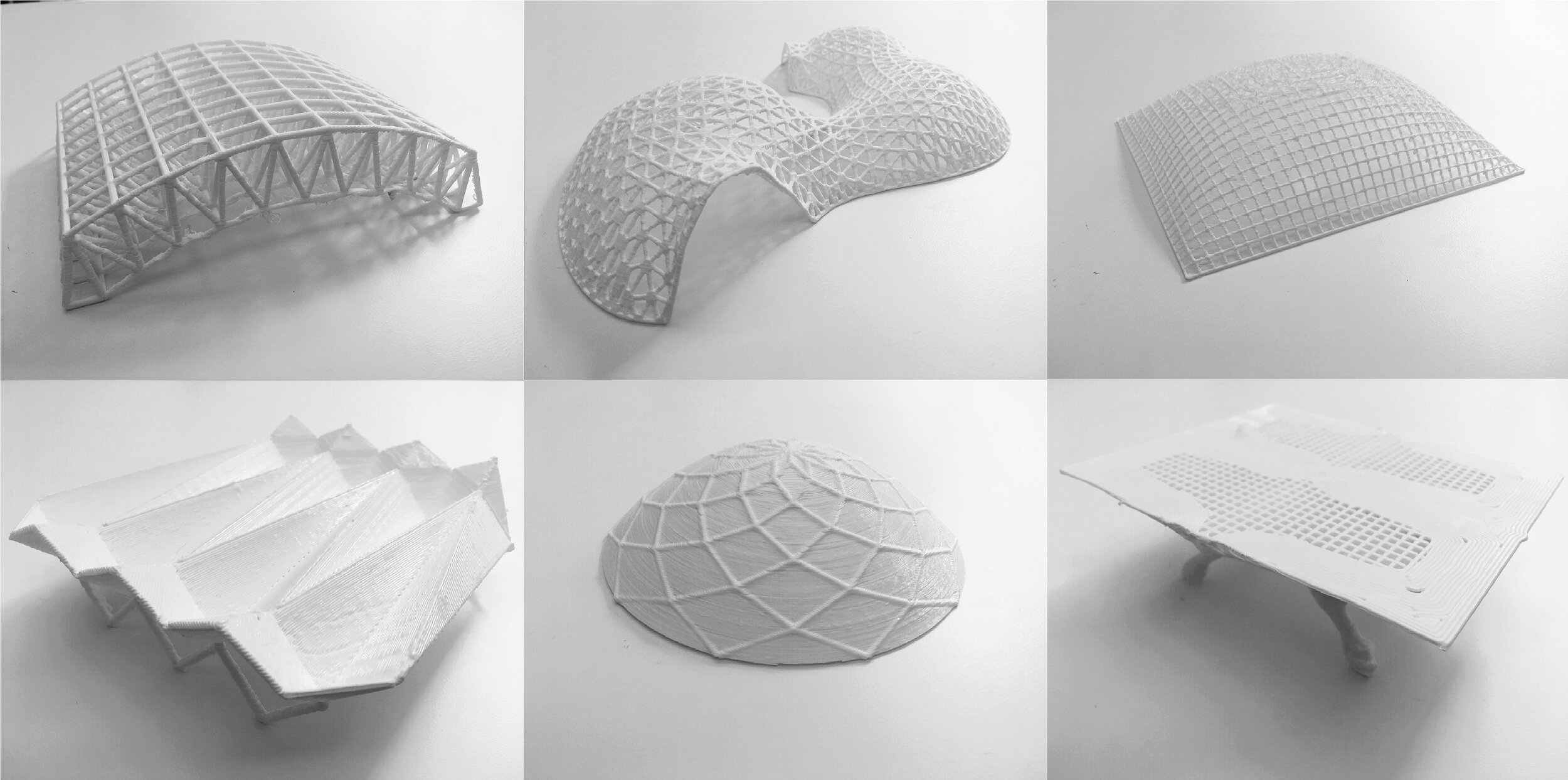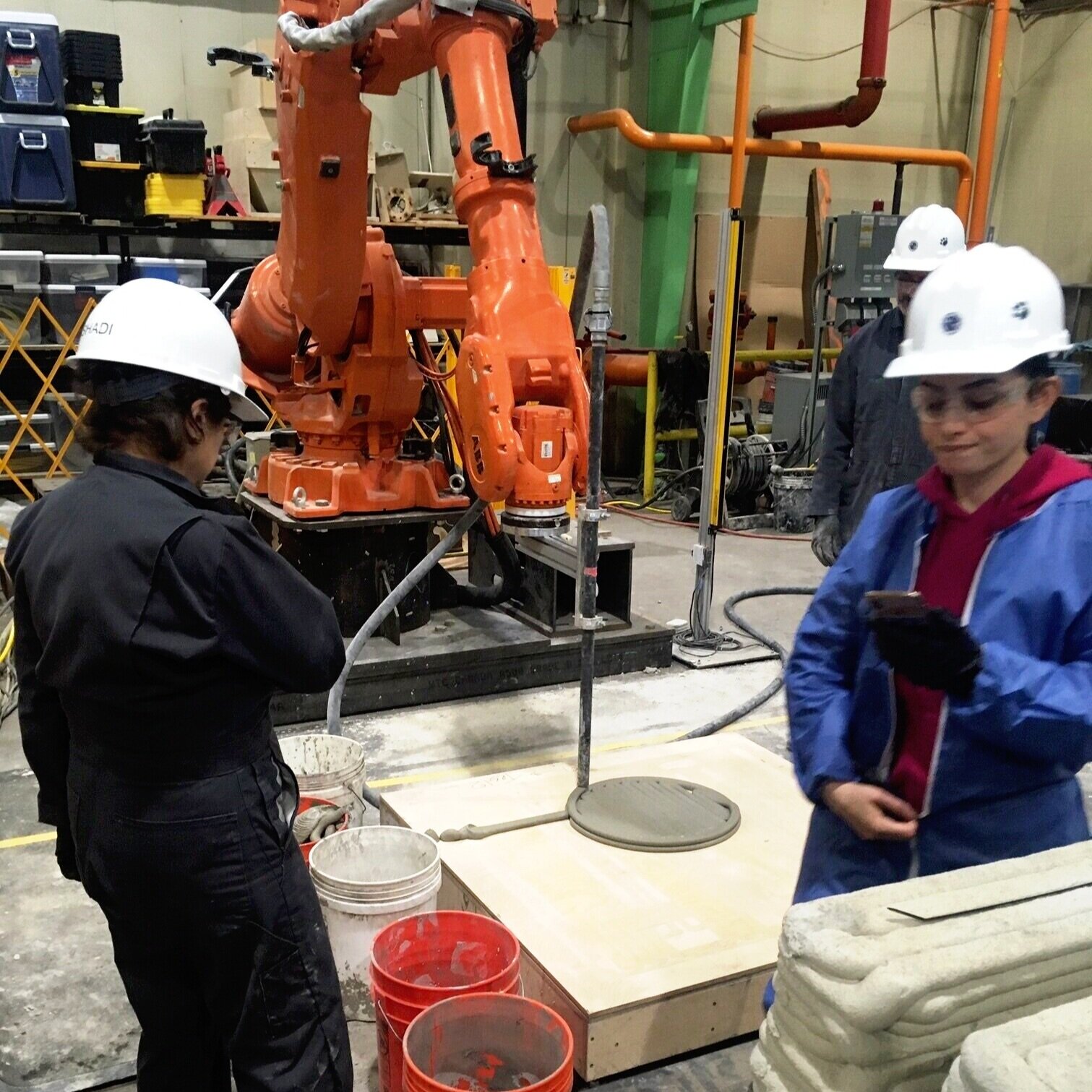Teaching
Undergraduate course that provides students with a fundamental knowledge of parametric thinking, visual programming, and data management for applications in architecture engineering. The course covers algorithm design, geometry generation, and the basics of how to create effective performance-based parametric models and use them to help make design decisions.
Research seminar focused on emerging applications of computation for creative, early-stage design and optimization of buildings. The course begins with a brief introduction to principles of parametric design and visual programming, before covering strategies for design space exploration and optimization. Students complete semester-long research projects, which focus on developing, implementing, or applying an innovative computational approach for engineering design.
First year seminar discussing applications of robotics in construction that can take over tasks that are dangerous or tedious for humans, while also looking to improve construction quality and efficiency. Image from a “campus buildings scavenger hunt”, which is a shared activity across all AE124 sections.
First year seminar focusing on the design of stadiums, while considering the visual impact, social context, fan experience, and other important aspects along with typical engineering goals. In this course, students hear from historians, design practitioners, facilities managers, and other professionals related to stadiums, and have the opportunity to imagine their own new design for Penn State’s Beaver Stadium.
First year seminar exploring innovative applications of 3D printing and related additive construction techniques at different scales. This seminar includes opportunities to rapidly prototype desktop-sized models of building components and systems, along with guest lectures involving full scale 3D printed concrete projects.
Undergraduate course teaching the basics of steel and concrete structural systems for buildings. In this course, architectural engineering students determine appropriate building loads and applicable design codes, perform preliminary member sizing, and identify integration strategies for multidisciplinary building design.
Comprehensive Architectural Engineering Senior Capstone that utilizes real buildings that have students investigate and design a building based on industry recognized standards and requirements.
Guest lecture discussing automation and optimization during different parts of the design process: design formulation, exploration, documentation, and fabrication. Students are working to print full scale structural elements out of concrete, and were exposed to both automated and interactive design techniques that can assist in their workflows.
Series of activities that demonstrate how parametric modeling can help students understand the implications of design choices on structural performance. For example, after considering shear and moment diagrams by hand, students viewed how moving support conditions influence sizing through live models.
Guest lecture on data-informed to data-driven design methodologies and how they can be applied at the urban scale.










